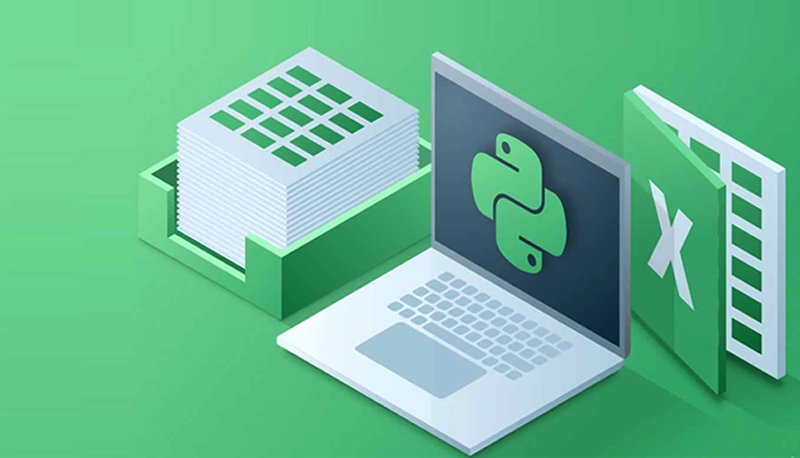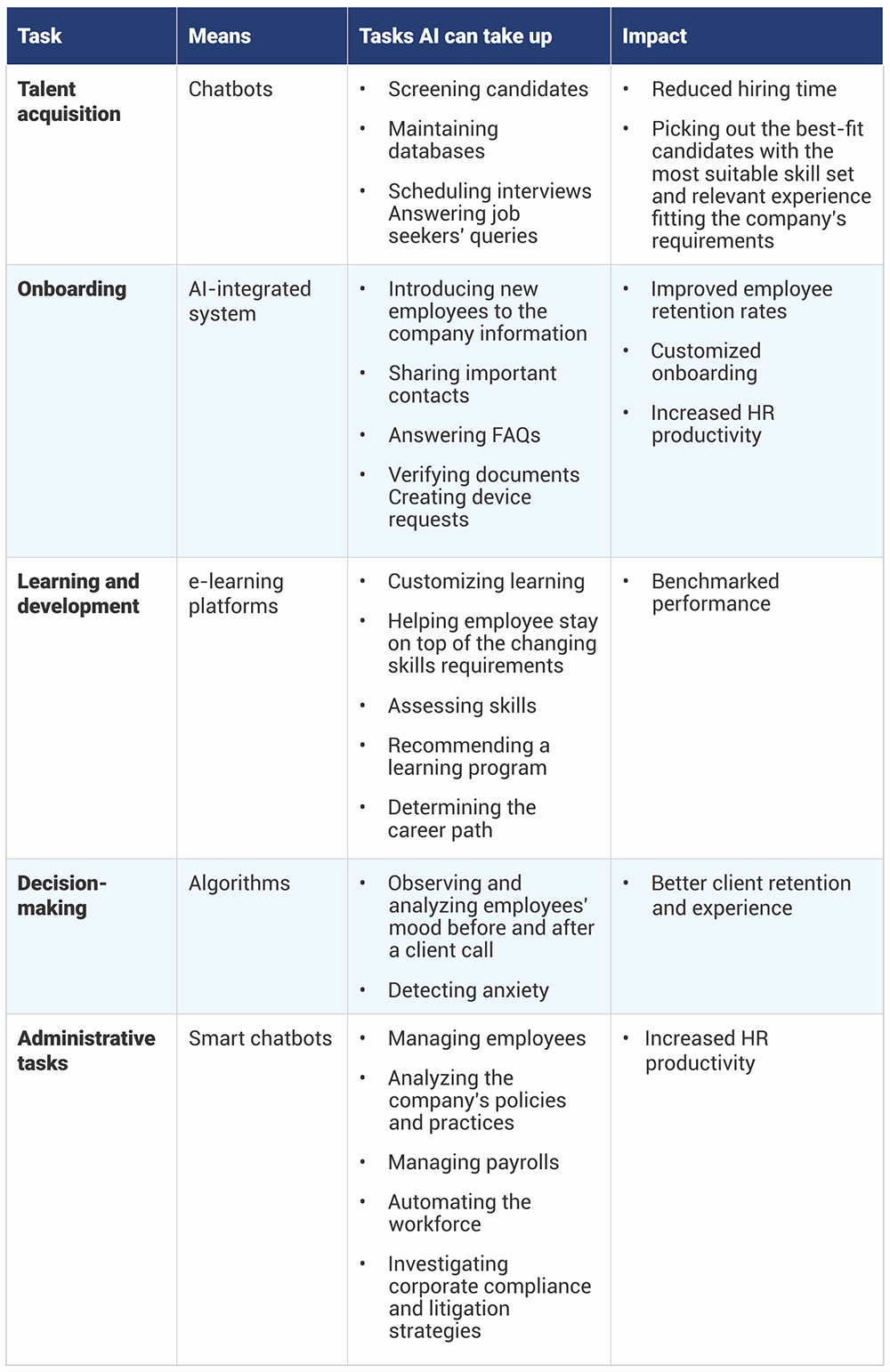
It’s not just you. Human resources has become harder.
Managing spreadsheets is a top pain point for HR professionals, says a study by financialforce.com. With the rise in remote work, this thorn has become sharper and stronger. And it’s not just the operational aspects we are talking about –
Routine tasks take HR leaders’ attention away from the strategic aspects of their role, which can block their growth in the long term.
So, what do HR and talent leaders do to keep themselves on the right track? Some frontrunners are pointing at AI as the magic pill. Is it or is it not – we will see this and more here.
However much we tend to hate them, documentation is incredibly important for human resources. For decades, human resource leaders and talent managers have been using spreadsheets to:
This list can be endlessly extended.
While the bulk of work has blown up, the means to streamline it (i.e. spreadsheet) has more or less remained the same.
Adding insult to the injury is the emergence of remote work and IoT flooding human resources with data from all ends: emails, phone calls, attendance check-ins/check-outs, register books, SMSs, chats, or even quick verbal instructions.
It’s not a surprise that talent leaders often find themselves caught up in the "spreadsheet dependency syndrome."
Spreadsheets are not fail-proof. They are known to have poor inbuilt controls, fraudulent entries, human errors, consolidation woes, scalability and agility issues, slow decision-making, endless explanations to employees, duplicate entries, and what not!
In his article, 4 Things to Consider Before You Start Using AI in Personnel Decisions, Professor Peter Cappelli says: “Algorithms from data science make predictions better than we have been able to do so far.”
Conventional statistical models focus on a few known factors associated with standard outcomes like job performance and tenures. Machine learning algorithms are neutral about which variables have worked before or why they work.
The algorithm churns them all the same and produces one model to predict an outcome like “who will be a good hire”, giving each applicant a single, easy-to-interpret score as to how likely it is that he or she will perform well in a job.”
3 considerations that go in favor of AI
For talent managers, the benefits extend beyond the usual list.
Cloud services can help talent managers automate many tasks.
Combining the human element and AI can help talent managers and HR professionals up their employee experience. Using AI will increase their efficiency while cutting back administrative hours. In short, they will be free to invest time in value-added business functions.
That brings us to the point of where and how to use AI. We’ve outlined the important usages in this table.

50 percent of employees are currently using some form of AI, compared to only 32 percent in 2018.
In a 2019 study by Oracle and Future Workplace, 64 percent of respondents said they would trust a robot over their manager for advice.
Slowly but steadily, HR and talent leaders are gearing up for this change. Adriana Bokel Herde, Pega’s chief people officer, says that human resource departments need scalable AI technology to thrive in the times ahead.
How do you plan to use AI?
Follow TMI for more updates!

CredBadge™ is a proprietary, secure, digital badging platform that provides for seamless authentication and verification of credentials across digital media worldwide.
CredBadge™ powered credentials ensure that professionals can showcase and verify their qualifications and credentials across all digital platforms, and at any time, across the planet.

Please enter the License Number/Unique Credential Code of the certificant. Results will be displayed if the person holds an active credential from TMI.